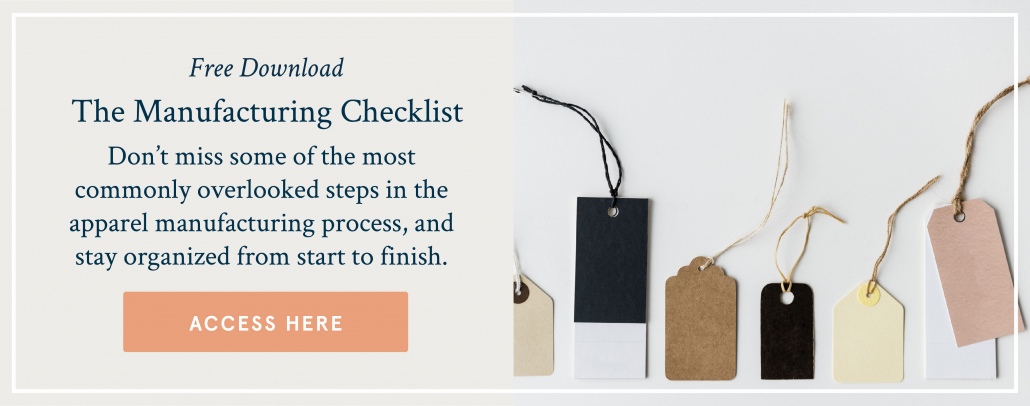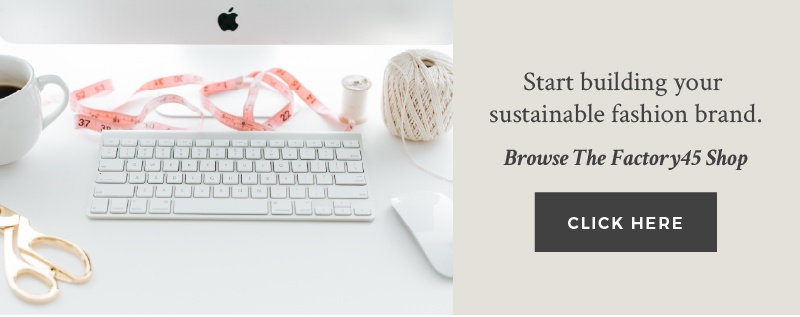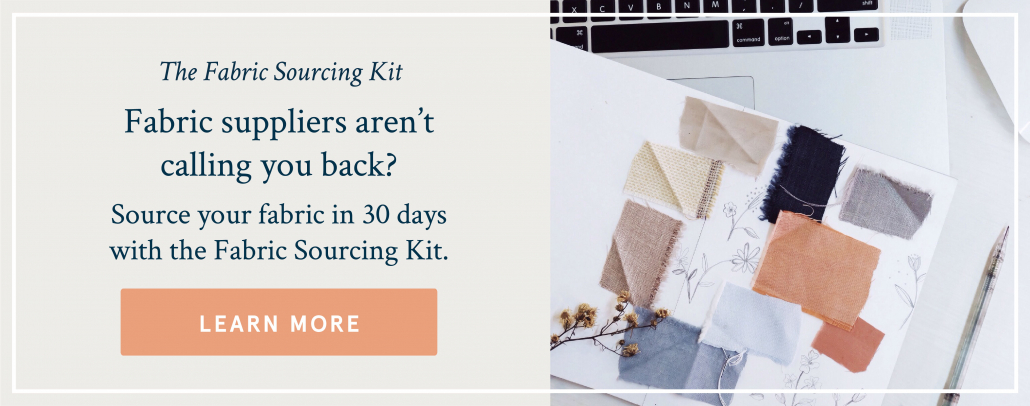The oven was preheating…
The ingredients were on the counter…
The recipe was in front of me…
As I stood face-to-face with the mini muffin tin.
It was January 10th – the eve of my son’s birthday – and that could only mean one thing:
The 4th annual Great Muffin Fiasco.
That’s right, since 2019, I have attempted to bake muffins to bring into school for my kid’s birthday.
A simple task, right?
But somehow, every year, January 10th ends with me scraping crumbly remnants out of the tin in an attempt to salvage just enough for each classmate to get one.
This year, I knew to make 24 muffins in an effort to get 12.
This year, I knew to use eggs instead of chia seeds and water.
This year, I forgot the muffin tins.
(Oh, and the baking powder.)
You would think that a seasoned entrepreneur, a CEO, and an all-around capable human could learn from and handle this task year after year, but as my husband so lovingly put it:
“You’re great at a lot of things, Shan… baking doesn’t have to be one of them.”
And this is what I may have finally accepted after four years… I’m just never going to be that mom.
There are the moms that create train-shaped pancakes on the morning of their four year old’s birthday.
And there are the moms that stick a candle in a piece of peanut butter toast and call it a day.
I am, quite certainly, the latter.
My mistake was not realizing this sooner.
And it’s the same mistake I see new entrepreneurs making every day:
Stop trying to be all the things, do all the things, and force all the things to be perfect.
Can you outsource a few social media tasks to an intern?
Can you stop making Tiktok videos if you really hate being on video?
Can you hire a patternmaker instead of trying to learn a new software?
What can you outsource or stop doing so that you can focus on the things you’re great at?
Because here’s the thing:
You can’t be great at everything – and that’s okay.
It’s also okay to not be great at something and still do it anyway.
You just have to be willing to accept the imperfect version.
So that when you drop off a container of bottomless minimuffins that resemble a pile of, well… you know…
You can simply smile at the teacher and say,
“I hope it’s enough.”
ON THE PODCAST:
- Ep. 04: Coming Out as a Fashion Entrepreneur & How to Deal with Critics
Listen on Apple Podcasts | Listen on Spotify
- GIVEAWAY! I’m giving away a free 1:1 Strategy Session with me to help launch or grow your brand this year!
Here’s how to enter:
-
-
- Listen to Start Your Sustainable Fashion Brand: The Podcast
- Leave a review on Apple Podcasts
- Screenshot your review and reply back to this email!
-
*The winner will be chosen on Monday, Jan. 24!*
THIS WEEK’S LIVE SHOW: Fashion Startup Q+A | Ask Shannon
- Stream on YouTube here.
- Watch in our private Facebook group here.
- Have a question to submit for the Q+A? Leave a comment on YouTube or on FB!













